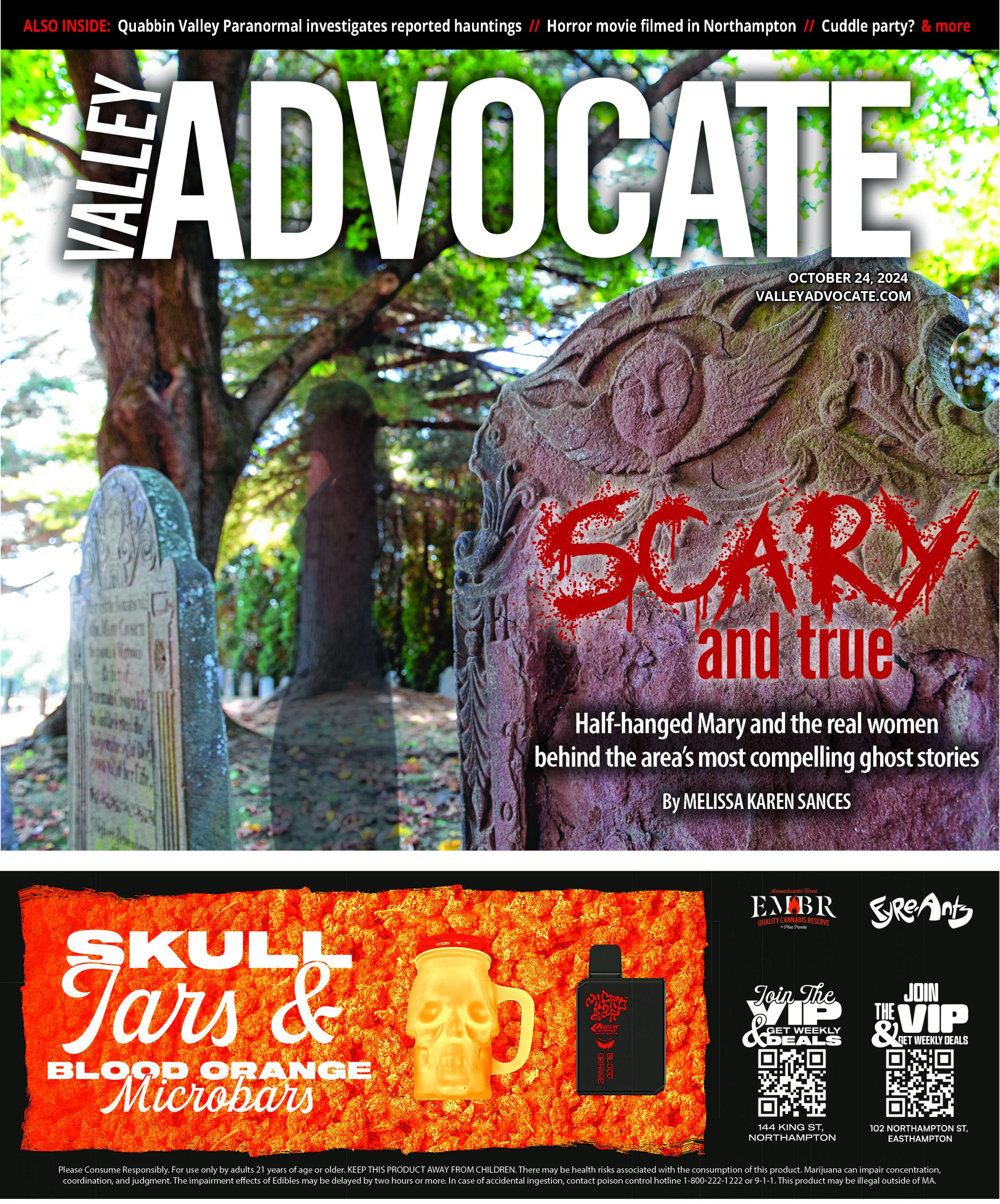The city of Springfield has won a key victory in a high-stakes battle over the future of Hungry Hill’s now-closed Our Lady of Hope parish, with a federal court decision that keeps in place historic protections the church was granted last year.
The Armory Street church was closed in 2009 as part of a larger plan of parish closings and consolidations by the Springfield Diocese. While parishioners and neighbors struggled to accept the loss of the parish—which for generations served as a symbol of the Irish immigrants who settled in Hungry Hill—an effort emerged to preserve the church building itself. While the Diocese announced no plans for reuse of the building once the parish was disbanded, some in the neighborhood, and in the city’s historic-preservation community, worried that it would be sold to a private developer who might make major changes—or even knock down the 85-year-old structure.
In response to those concerns, the city’s Historical Commission and, subsequently, the City Council granted the church status as a historic district—a designation that prohibits current or future owners from demolishing the building or making significant changes to its exterior without securing the permission of the Commission. The Diocese, in turn, sued the city, maintaining that the move amounted to unlawful government interference in the business of the Diocese, and violated the religious protections granted by both the U.S. and Massachusetts constitutions.
The lawsuit, filed by the Diocese’s attorney, Jack Egan, sought injunctive relief for “the deprivation of [the Diocese’s] rights of religious freedom, freedom of speech and expression, freedom of assembly, due process and equal protection of the laws.” The lawsuit called on the court to declare the ordinance that created the Our Lady of Hope Historic District invalid.
Yesterday, Judge Michael Ponsor of the U.S. District Court issued a ruling against the Diocese. In his ruling, Ponsor found that the ordinance did not violate any of the Diocese’s statutory or constitutional rights by requiring that it submit a plan to the Historical Commission for approval before making any changes to the exterior of the church. But, the judge added, “If a plan should be formulated and submitted pursuant to the Ordinance, the response of the Historical Commission may change the constitutional picture significantly and entitle Plaintiff to further judicial consideration.”
(I’ve contacted the Diocese’s spokesman for comment and will post any statement from the Diocese when it comes.)


